Growing Figs at Home might seem like a challenge reserved for seasoned gardeners with sprawling orchards, but I’m here to tell you it’s absolutely achievable, even in a small backyard or on a sunny balcony! Have you ever dreamt of plucking a perfectly ripe, sun-warmed fig straight from your own tree and savoring its sweet, honeyed flavor? This dream can become a reality with a few simple tricks and DIY techniques.
Figs have a rich history, dating back to ancient civilizations. They were revered in ancient Greece and Rome, symbolizing prosperity and peace. Evidence suggests figs were cultivated as early as 5000 BC, making them one of the oldest cultivated crops! Imagine connecting with that ancient tradition by growing figs at home yourself.
But why bother with the effort? Well, store-bought figs simply can’t compare to the taste of a freshly picked one. Plus, growing your own figs allows you to control the growing conditions, ensuring they’re free from harmful pesticides. Many people are intimidated by the thought of growing fruit trees, but figs are surprisingly resilient and adaptable. This DIY guide will provide you with easy-to-follow instructions and clever hacks to successfully cultivate your own fig tree, regardless of your gardening experience. I’ll share my secrets to help you avoid common pitfalls and enjoy a bountiful harvest year after year. Get ready to experience the joy of homegrown figs!
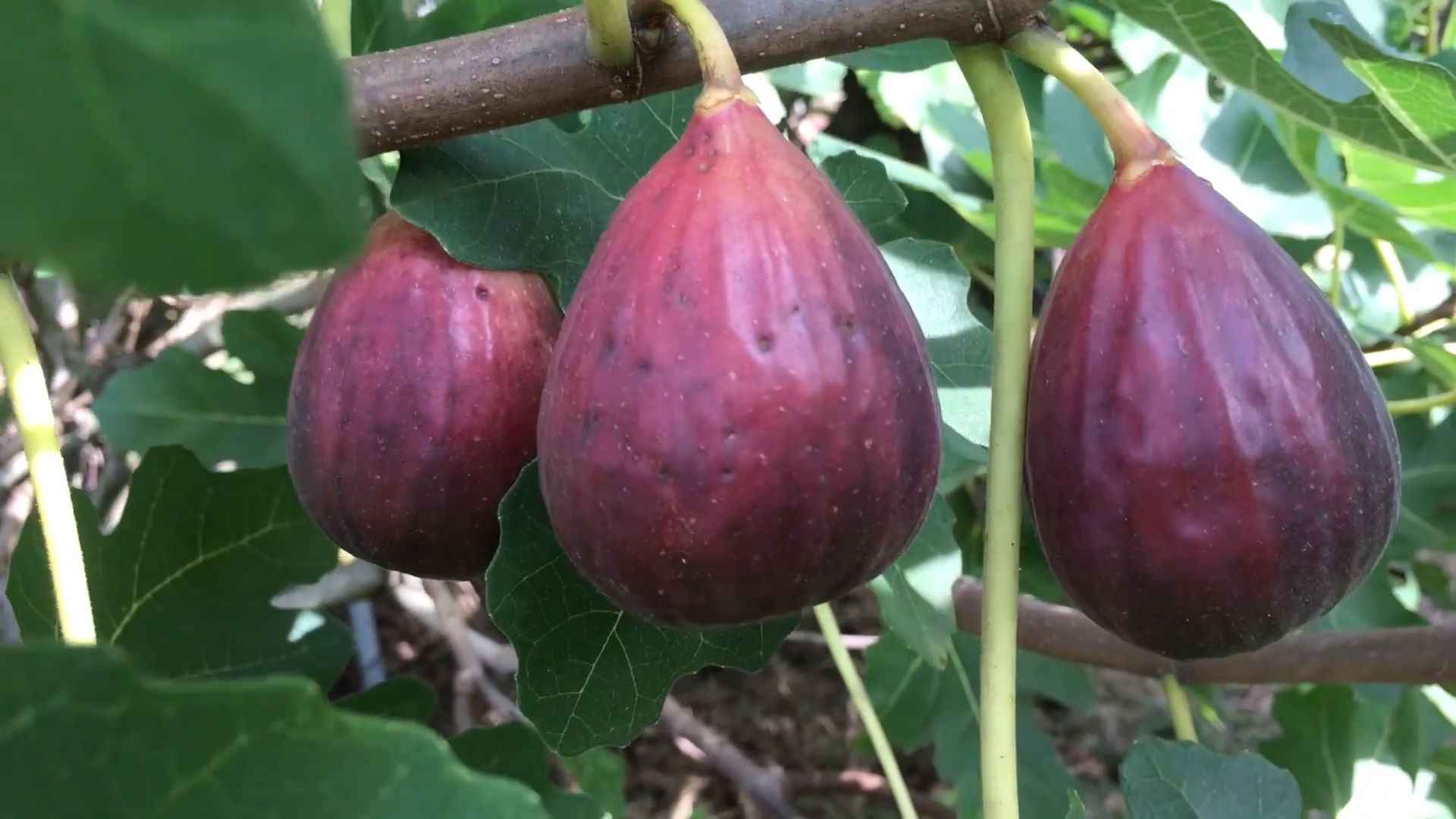
Growing Figs at Home: A DIY Guide to Delicious Success
Hey there, fellow gardening enthusiasts! I’m so excited to share my experiences and tips on growing figs right in your own backyard (or even in containers!). Figs are surprisingly easy to cultivate, and the reward of fresh, sweet figs is absolutely worth the effort. Let’s dive in!
Choosing Your Fig Variety
Before we get our hands dirty, it’s crucial to pick the right fig variety for your climate. Not all figs are created equal, and some are much hardier than others. Here’s what I’ve learned:
* Consider your climate: If you live in a colder region with harsh winters, you’ll want to choose a cold-hardy variety like ‘Chicago Hardy’, ‘Brown Turkey’, or ‘Celeste’. These varieties can withstand temperatures down to 10-15°F (-12 to -9°C). If you live in a warmer climate, you have a wider range of options, including ‘Black Mission’, ‘Kadota’, and ‘LSU Gold’.
* Think about size: Fig trees can grow quite large, so consider the space you have available. If you’re limited on space, you can choose a dwarf variety like ‘Little Miss Figgy’ or grow your fig in a container.
* Research fruit characteristics: Different fig varieties produce fruits with different colors, flavors, and textures. Do some research to find a variety that appeals to your taste buds. I personally love the rich, jammy flavor of ‘Black Mission’ figs.
* Check for local availability: It’s always a good idea to check with your local nurseries to see what fig varieties are well-suited to your area and readily available.
Planting Your Fig Tree
Okay, you’ve chosen your fig variety – awesome! Now, let’s get it planted.
Choosing the Right Location
* Sunlight is key: Figs need at least 6-8 hours of direct sunlight per day to produce a good crop of fruit. Choose a location that gets plenty of sun.
* Well-draining soil: Figs don’t like to sit in soggy soil, so make sure the planting location has good drainage. Amend heavy clay soil with compost or other organic matter to improve drainage.
* Protection from wind: Strong winds can damage fig trees and reduce fruit production. Choose a location that is sheltered from strong winds, or provide some wind protection.
* Space to grow: Consider the mature size of your fig tree when choosing a planting location. Give it enough space to grow without crowding other plants.
Planting in the Ground: Step-by-Step
1. Dig a hole: Dig a hole that is twice as wide as the root ball and just as deep.
2. Amend the soil: Mix some compost or other organic matter into the soil you removed from the hole. This will help improve drainage and provide nutrients for your fig tree.
3. Remove the fig tree from its container: Gently remove the fig tree from its container, being careful not to damage the roots. If the roots are pot-bound (tightly circling the root ball), gently loosen them with your fingers.
4. Place the fig tree in the hole: Place the fig tree in the hole, making sure the top of the root ball is level with the surrounding soil.
5. Backfill the hole: Backfill the hole with the amended soil, gently tamping it down as you go.
6. Water thoroughly: Water the fig tree thoroughly after planting. This will help settle the soil and encourage root growth.
7. Mulch around the base: Apply a layer of mulch around the base of the fig tree to help retain moisture and suppress weeds. I like to use wood chips or straw.
Planting in a Container: Step-by-Step
Growing figs in containers is a great option if you have limited space or live in a colder climate where you need to bring the tree indoors during the winter.
1. Choose a large container: Select a container that is at least 24 inches in diameter and 24 inches deep. Make sure the container has drainage holes.
2. Use a well-draining potting mix: Use a high-quality potting mix that is specifically formulated for containers. Avoid using garden soil, as it can become compacted and poorly drained in containers.
3. Plant the fig tree: Follow steps 3-7 from the “Planting in the Ground” section above.
4. Water regularly: Container-grown fig trees will need to be watered more frequently than those planted in the ground, especially during hot weather. Check the soil moisture regularly and water when the top inch of soil feels dry.
5. Fertilize regularly: Container-grown fig trees will also need to be fertilized regularly. Use a balanced fertilizer that is specifically formulated for fruit trees. Follow the instructions on the fertilizer label.
6. Overwintering: If you live in a colder climate, you’ll need to bring your container-grown fig tree indoors during the winter. Place it in a cool, bright location, such as a garage or basement. Water sparingly during the winter months.
Caring for Your Fig Tree
Once your fig tree is planted, it’s important to provide it with the care it needs to thrive.
Watering
* Water deeply and infrequently: Water your fig tree deeply and infrequently, allowing the soil to dry out slightly between waterings. Overwatering can lead to root rot.
* Water more frequently during hot weather: During hot weather, you may need to water your fig tree more frequently. Check the soil moisture regularly and water when the top inch of soil feels dry.
* Water less frequently during the winter: During the winter, fig trees go dormant and require less water. Water sparingly during the winter months, only when the soil is completely dry.
Fertilizing
* Fertilize in the spring and summer: Fertilize your fig tree in the spring and summer with a balanced fertilizer that is specifically formulated for fruit trees. Follow the instructions on the fertilizer label.
* Avoid fertilizing in the fall and winter: Avoid fertilizing your fig tree in the fall and winter, as this can encourage new growth that will be damaged by frost.
Pruning
* Prune in late winter or early spring: Prune your fig tree in late winter or early spring, before new growth begins.
* Remove dead, damaged, or crossing branches: Remove any dead, damaged, or crossing branches. This will help improve air circulation and sunlight penetration.
* Thin out crowded branches: Thin out crowded branches to allow more sunlight to reach the interior of the tree.
* Shape the tree: Prune the tree to maintain a desired shape and size.
Pest and Disease Control
* Monitor for pests and diseases: Regularly monitor your fig tree for pests and diseases. Common pests of fig trees include aphids, spider mites, and scale. Common diseases include fig rust and leaf spot.
* Treat pests and diseases promptly: Treat any pests or diseases promptly to prevent them from spreading. Use organic pest control methods whenever possible.
* Maintain good sanitation: Maintain good sanitation around your fig tree by removing fallen leaves and fruit. This will help prevent the spread of diseases.
Harvesting Your Figs
The moment we’ve all been waiting for! Harvesting those delicious figs.
* Harvest when ripe: Figs are ripe when they are soft to the touch and slightly droop. The skin color will also change depending on the variety.
* Gently pluck the figs from the tree: Gently pluck the figs from the tree, being careful not to damage the fruit.
* Eat fresh or preserve: Fresh figs are delicious eaten straight from the tree. You can also preserve figs by drying them, making jam, or canning them.
Troubleshooting Common Problems
Even with the best care, you might encounter some problems along the way. Here are a few common issues and how to address them:
* Fig splitting: This is often caused by inconsistent watering. Try to maintain consistent soil moisture, especially as the figs are ripening.
* Fig drop: Fig drop can be caused by a variety of factors, including stress, lack of pollination (for some varieties), and nutrient deficiencies. Ensure your tree is getting adequate water, sunlight, and nutrients.
* Lack of fruit: If your fig tree isn’t producing fruit, it could be due to a lack of sunlight, improper pruning, or a young tree that hasn’t matured enough. Be patient and provide optimal growing conditions.
Propagating Fig Trees
Want more fig trees? Propagating them is easier than you might think! I’ve had success with both cuttings and layering.
Propagating from Cuttings
1. Take cuttings in late winter or early spring: Take cuttings from healthy, dormant branches that are about 6-8 inches long.
2. Remove the lower leaves: Remove the lower
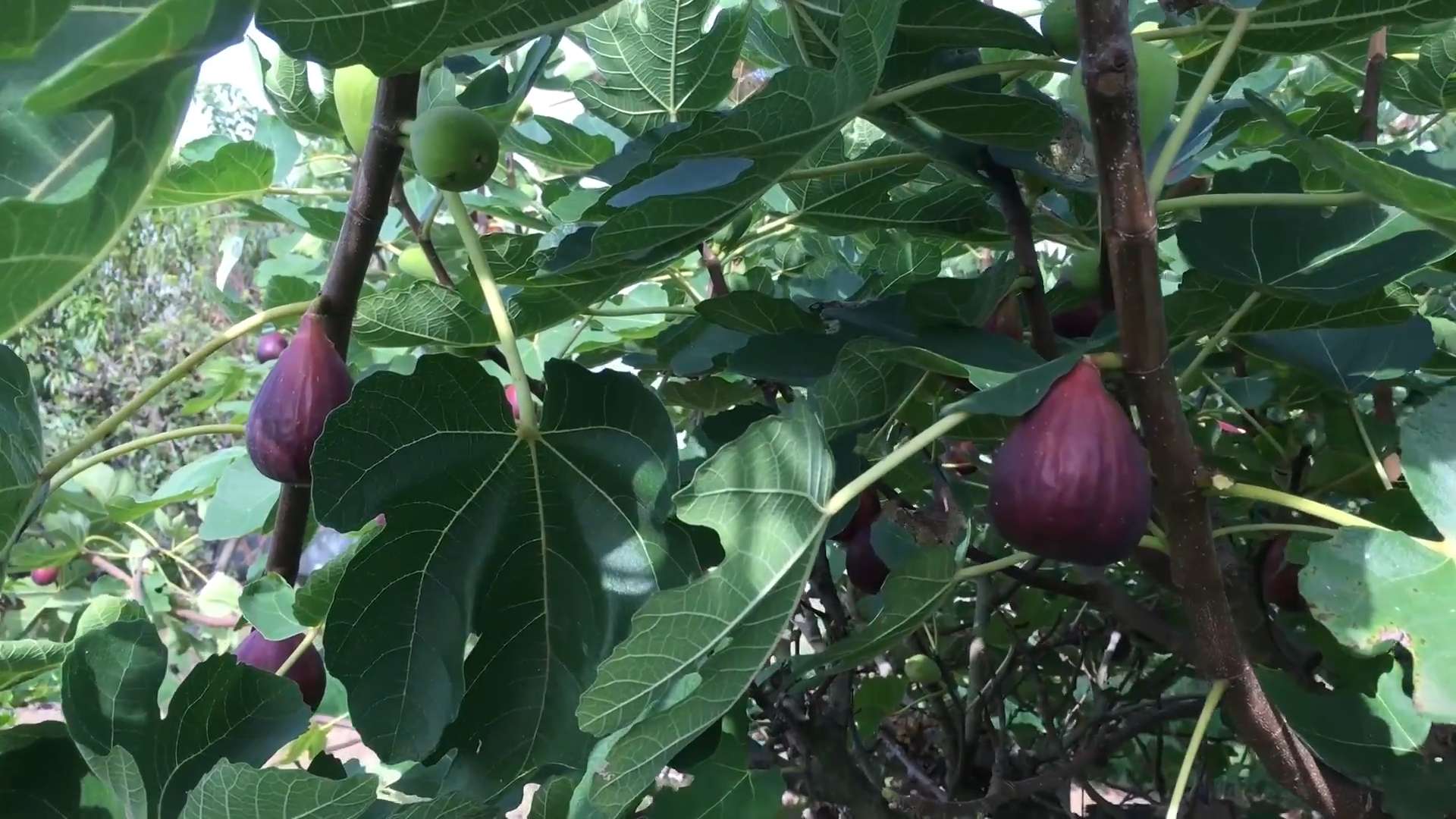
Conclusion
So, there you have it! Growing figs at home, while it might seem daunting at first, is a deeply rewarding experience that brings the taste of the Mediterranean right to your backyard. We’ve explored the key steps, from selecting the right variety for your climate to providing the optimal growing conditions and protecting your precious fig tree from pests and diseases.
But why is this DIY approach a must-try? Simply put, the flavor of a homegrown fig, ripened to perfection on the branch, is unparalleled. Store-bought figs, often picked before they’re fully ripe to withstand transportation, simply can’t compare to the sweet, jammy goodness of a fig you’ve nurtured yourself. Plus, you have complete control over the growing process, ensuring your figs are free from unwanted chemicals and pesticides.
Beyond the superior flavor, growing your own figs offers a unique connection to nature. Watching your fig tree flourish, bearing fruit year after year, is an incredibly satisfying experience. It’s a chance to learn about the natural world, to connect with the seasons, and to enjoy the fruits (literally!) of your labor.
Don’t be afraid to experiment with different varieties to find your favorites. Consider ‘Brown Turkey’ for its reliability and adaptability, ‘Black Mission’ for its rich, dark fruit, or ‘Celeste’ for its cold hardiness. You can also try different training methods, such as espaliering, to maximize fruit production in a small space. Another variation to consider is container gardening. If you live in a colder climate, growing your fig tree in a container allows you to move it indoors during the winter months, protecting it from frost damage. You can also experiment with different soil amendments to improve drainage and nutrient availability.
Growing figs at home is more than just a gardening project; it’s an investment in flavor, sustainability, and a deeper connection to the natural world.
We encourage you to take the plunge and embark on your own fig-growing adventure. Start small, be patient, and don’t be afraid to ask for help along the way. The rewards are well worth the effort.
And most importantly, we want to hear about your experiences! Share your successes, your challenges, and your favorite fig recipes in the comments below. Let’s build a community of fig enthusiasts and learn from each other. What varieties are you growing? What tips and tricks have you discovered? Your insights could be invaluable to other aspiring fig growers. So, get planting, get growing, and get sharing! Let’s spread the love of homegrown figs far and wide.
Frequently Asked Questions (FAQ)
Q: What is the best time of year to plant a fig tree?
A: The best time to plant a fig tree depends on your climate. In warmer climates with mild winters, you can plant fig trees in the late fall or early winter. This allows the tree to establish its roots before the hot summer months. In colder climates, it’s best to plant fig trees in the early spring after the last frost. This gives the tree a full growing season to establish itself before winter arrives. Regardless of when you plant, make sure the soil is well-draining and amended with compost or other organic matter.
Q: How much sunlight do fig trees need?
A: Fig trees thrive in full sun, requiring at least 6-8 hours of direct sunlight per day. Insufficient sunlight can lead to reduced fruit production and smaller, less flavorful figs. When choosing a location for your fig tree, select a spot that receives ample sunlight throughout the day. If you live in a particularly hot climate, some afternoon shade can be beneficial to prevent sunburn on the leaves and fruit.
Q: What kind of soil is best for fig trees?
A: Fig trees are relatively adaptable to different soil types, but they prefer well-draining soil that is rich in organic matter. Heavy clay soils can be problematic, as they tend to retain too much moisture and can lead to root rot. To improve drainage, amend clay soils with compost, sand, or other organic materials. The ideal soil pH for fig trees is between 6.0 and 6.5. You can test your soil pH using a soil testing kit and amend it accordingly with lime (to raise pH) or sulfur (to lower pH).
Q: How often should I water my fig tree?
A: Watering frequency depends on several factors, including the age of the tree, the climate, and the soil type. Young fig trees need more frequent watering than established trees. In general, water deeply and less frequently, allowing the soil to dry out slightly between waterings. During hot, dry weather, you may need to water your fig tree more often. Avoid overwatering, as this can lead to root rot. A good rule of thumb is to water when the top inch of soil feels dry to the touch.
Q: How do I fertilize my fig tree?
A: Fig trees benefit from regular fertilization, especially during the growing season. A balanced fertilizer with a ratio of 10-10-10 or 8-8-8 is a good choice. Apply fertilizer in the early spring, just before new growth begins, and again in mid-summer. Avoid fertilizing in the late fall, as this can encourage new growth that is susceptible to frost damage. You can also amend the soil with compost or other organic matter to provide a slow-release source of nutrients.
Q: How do I prune my fig tree?
A: Pruning is essential for maintaining the shape and productivity of your fig tree. The best time to prune fig trees is in late winter or early spring, before new growth begins. Remove any dead, damaged, or diseased branches. Also, prune to thin out the canopy and improve air circulation. Fig trees produce fruit on both new and old wood, so be careful not to prune too heavily. Different fig varieties have different pruning requirements, so it’s a good idea to research the specific needs of your variety.
Q: How do I protect my fig tree from pests and diseases?
A: Fig trees are generally relatively pest and disease resistant, but they can be susceptible to certain problems. Common pests include fig mites, scale insects, and aphids. Diseases include fig rust, leaf spot, and root rot. To prevent pests and diseases, keep your fig tree healthy by providing it with proper sunlight, water, and nutrients. Regularly inspect your tree for signs of pests or diseases and take action promptly if you notice any problems. Organic pest control methods, such as insecticidal soap or neem oil, can be effective for controlling many common pests. Ensure good air circulation around the tree to minimize fungal diseases.
Q: How do I know when my figs are ripe?
A: Knowing when your figs are ripe is crucial for enjoying their full flavor. Ripe figs will be slightly soft to the touch and will have a drooping neck. The skin color will also change, depending on the variety. For example, ‘Black Mission’ figs will turn a deep purple or black when ripe, while ‘Brown Turkey’ figs will turn a brownish-purple. The fruit should also be easy to pull from the tree. If you have to tug hard to remove the fig, it’s not quite ripe yet.
Q: Can I grow fig trees in containers?
A: Yes, fig trees can be successfully grown in containers, which is a great option for people with limited space or those who live in colder climates. Choose a large container with good drainage holes. Use a well-draining potting mix and water regularly. Container-grown fig trees will need to be fertilized more frequently than those grown in the ground. You may also need to prune the roots every few years to prevent them from becoming root-bound. In colder climates, you can move your container-grown fig tree indoors during the winter months to protect it from frost damage.
Q: My fig tree is not producing fruit. What could be the problem?
A: There are several reasons why your fig tree might not be producing fruit. It could be due to insufficient sunlight, improper watering, lack of fertilization, or pruning at the wrong time of year. Some fig varieties also require pollination to produce fruit. Make sure your fig tree is getting at least 6-8 hours of direct sunlight per day, is being watered properly, and is being fertilized regularly. Avoid pruning too heavily, especially in the spring. If your fig tree requires pollination, you may need to hand-pollinate it or plant other fig trees nearby to attract pollinators. Also, consider the age of the tree; some fig trees take a few years to begin producing fruit.


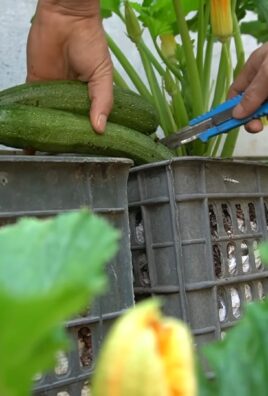
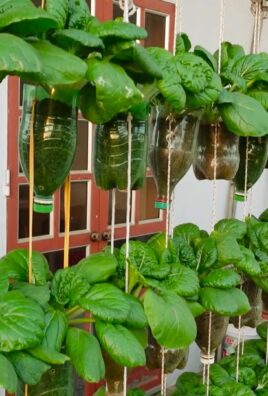
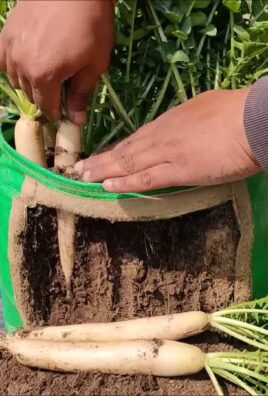
Leave a Comment